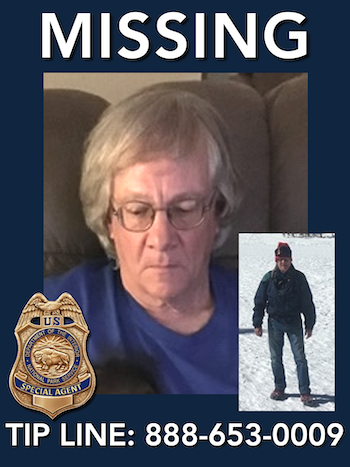White_Mountains
Verified - medical / legal consultant
- Joined
- May 26, 2022
- Messages
- 67
- Reaction score
- 853
Snipped by me.1. Clicker
2. Cold pack for injured joint for first 24 hours
3. Couch, deck chair, or recliner
4. Comfy clothing
5. Choice of beverage, hot or cold
6. Compression, if it helps your particular joints
7. Camaraderie, provided by WSer
8. Commiseration, provided by old WSers
9. Chocolate, frequently good for what ails ya'
10. Compassion, for yourself
11. Cussing, for the errant dog owner
I love these essentials!


